What is a D/s relationship, what D/s stands for, and a little bit more about the topic.
What does D/s stand for?
D/s stands for dominance and submission – a certain set of behaviors and practices involving the submission of one partner to another. Dominance and submission are subsets of BDSM – follow the link to find out more about BDSM basics.
It is very usual to capitalize ”D” for the dominant and to leave ”s” in lowercase – to further show the power dynamic.
What is a D/s relationship?
D/s relationship is a relationship with power exchange, where one partner is the dominant one and the other is the submissive one. That can happen only in one session or it can be a lifestyle – D/s lifestyle.
Don’t jump the conclusions right away, D/s relation doesn’t have to include sex, or to a further extent, even sex. It can happen over the phone, mail, messages, or any other form of communication. It is necessary to understand that dominance and submission relations are purely based on the power exchange.
However, some (I’ll say most) D/s relationships get physical and include power play in their sex life. The person that dominates and the person that is dominated, enjoy the fact and take sexual pleasure from either dominating or being dominated.
You can identify yourself as one of the 3 things in a D/s relationship:
- dominant, dom, D
- submissive, sub, s
- switch
A switch is a person that changes roles in the relationship, Also, a switch can either be a dominant one or a submissive one.
D/s relationship examples
Most practiced D/s relationship is the one that occurs for one ”time” or session, and not necessarily with the act of sex.
It could be a role-playing session with power exchange – teacher and student, where the teacher punishes the student or for example, a police officer and a criminal where the criminal is being thought a lesson, parent and a child… well, you get the picture.
An example session could be that dom orders the sub to give him massage, to feed him, to clean something, to stand in a certain position for a certain amount of time,…
Other than lasting for only one session, a D/s relationship can last longer.
The common practice is turning a trip into a D/s play, or even the whole vacation. My take on that is that this way of practicing D/s relationship could be more ”convenient” for some people due do to the privacy and commodity they might not have at their home.
The last and probably the rarest type of D/s relationship is the one that doesn’t end. Few people have these types of relationships where every day, the whole day they need to obey power exchange rules or be punished for not doing it.
Are there any rules in the D/s relationship?
As mentioned before, the core of D/s relationships is the fact that Doms take pleasure from being in control over their sub, while subs take pleasure from being completely controlled by their doms.
With that said, I’ll write key aspects/rules of that relation.
The dominant side should and has to take all the responsibilities and be in complete control. Also, the dom should accordingly choose and prioritize desires and other choices, while performing duties to their partner.
The submissive side should and has to accept to be in complete control of the dom. Also, subs need to put the wishes and needs of their dom above theirs while always, expressing the desire to please their dom.
To sum it up, the dom’s expectations are to be pleased in whatever way they want, sexually or not, while, from subs, it is expected to accept full control over them.
Safety and consent
Being safe throughout all of your plays should be your primary concern, as going to certain lengths and not caring about safety, can lead to serious injuries, either physical either emotional. The same thing is with consent, it is not something to forget or overlook.
We encourage you to read our other blog post about safety and consent.
BDSM collars
Collars are a common accessory in the D/s relationships as they show the status and commitment of the submissive.
Read BDSM Collar Guide for a Happy Submissive.
Various range of different collars is available, from small, ”symbolic” collars that can pass in any situations to traditional, BDSM collars. People who are more into the BDSM community and are to start D/s relationship, find it a very important symbol, the collar itself, looks and the act of putting and removing the collar.
Our 2 cents on D/s relationships
If you wish to start a D/s relationship brought you to this article or you changed your mind and want to start one now – you have to start it with good and solid foundations.
There are several things that make a foundation on any relationship solid. In this case, it is a D/s relationship, but as with any other relationship, it needs a lot of work to function nicely and smoothly.
I can’t emphasize more the importance of communication. Without it, there is no chance it will work. Partners should discuss everything, from expectations, needs, and boundaries, and then all the way to sharing your thoughts, experiences, and feelings. Both partners in a D/s relationship should have realistic expectations, which should be previously discussed and rules that are set should be fun and pleasurable for both partners involved.
It should be done in a way that doesn’t endanger the physical or emotional health of any partner.
We liked Kayla Lord‘s article on D/s relationships, published on Kinkly. I’ll quote her key takeaway from the article.
D/s relationships are best known for the power dynamic and kink, but the relationship is really nothing more than people going through the same daily struggles as everyone else.Our wish for you is to try a D/s relationship – it is exciting and it can be a perfect way to make some of your fantasies come true. Be patient, go slow, and have fun with your partner.

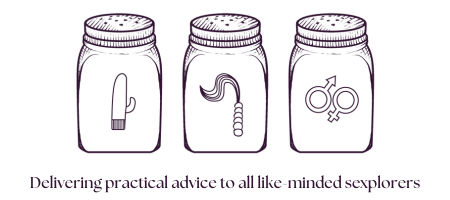



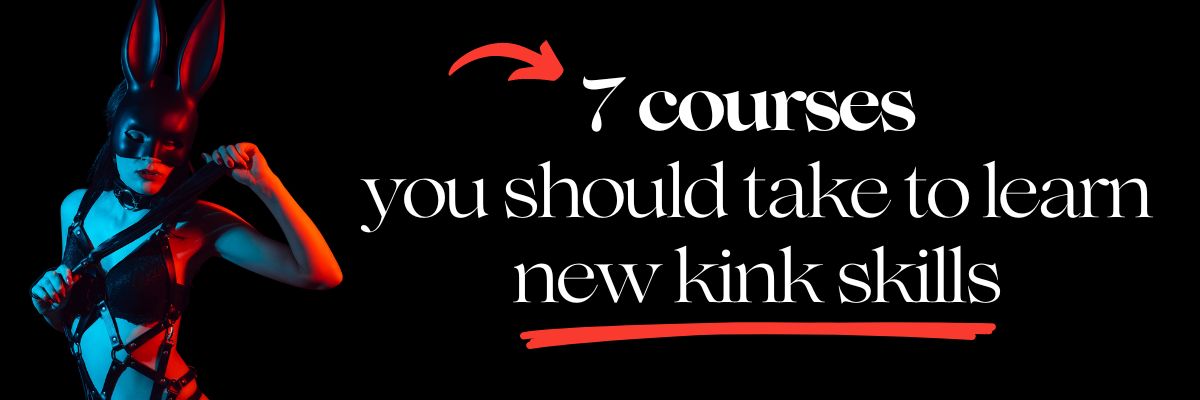

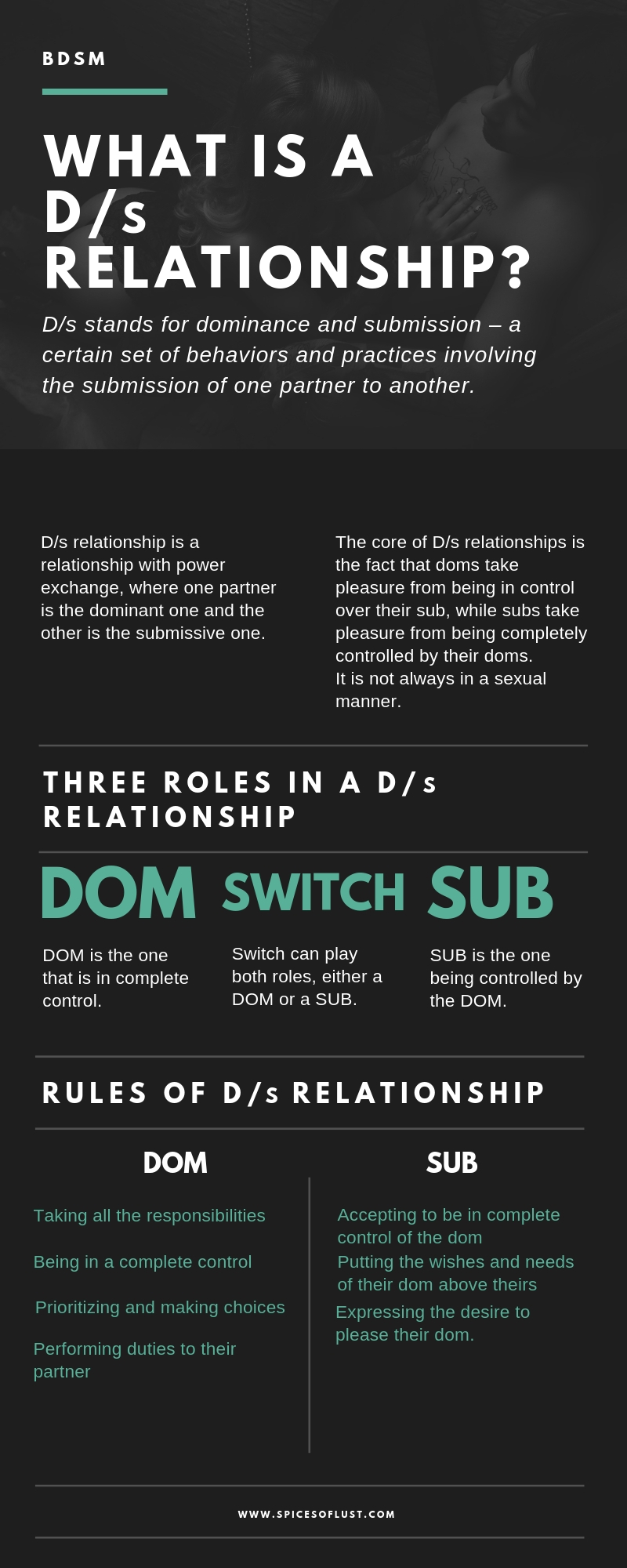




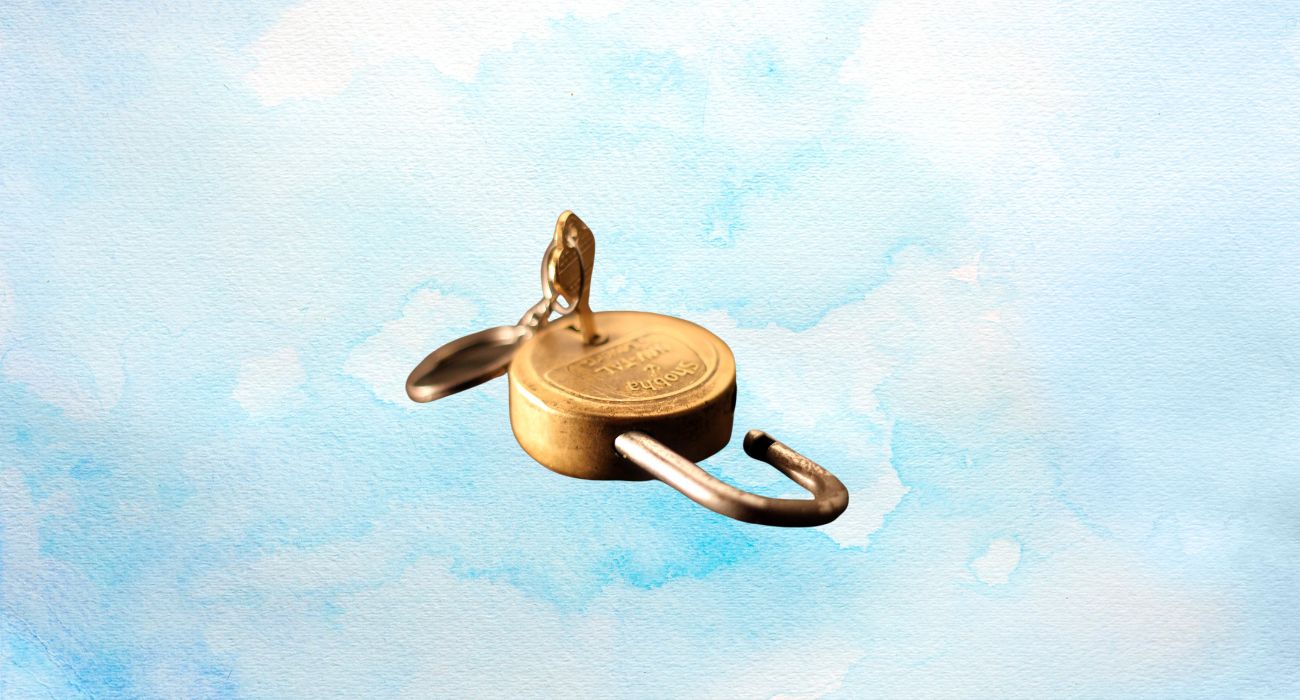
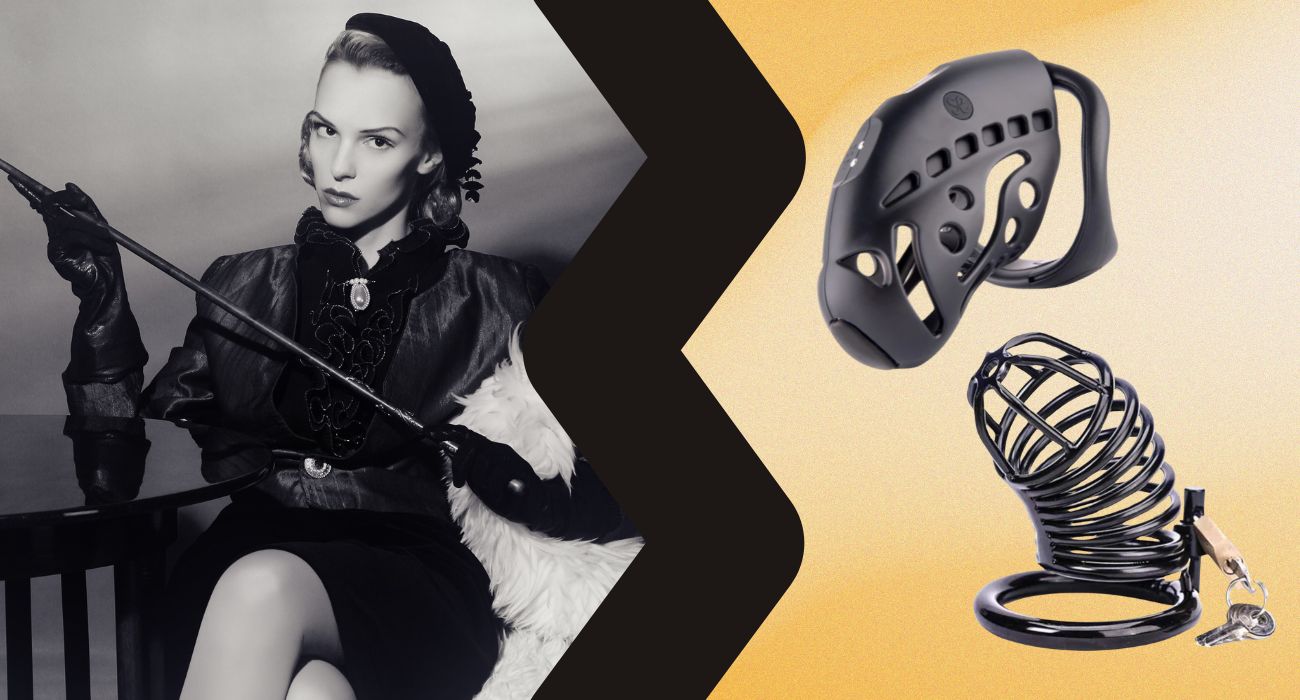
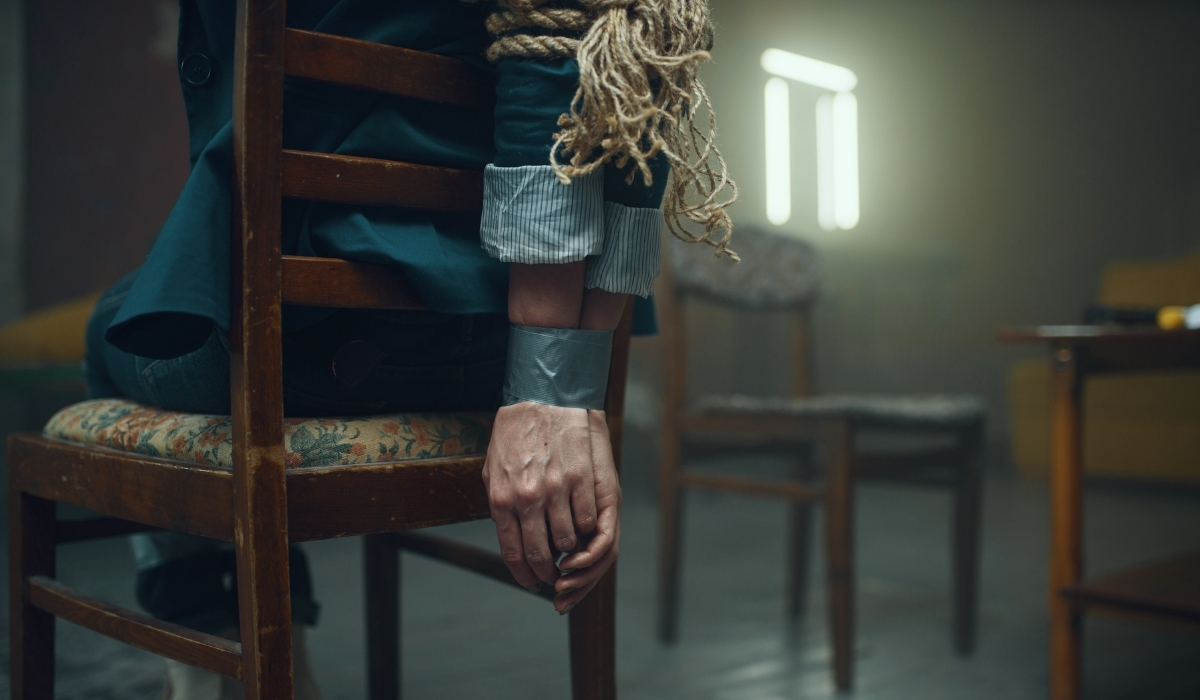
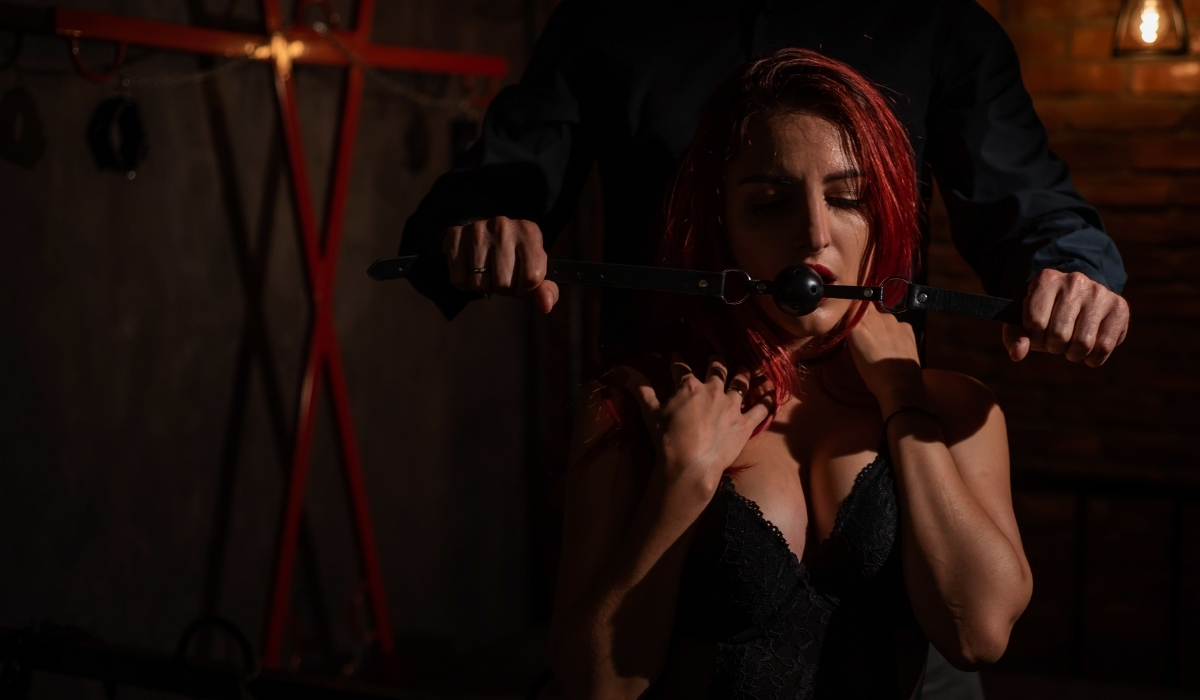
I love this. It’s a very clear and great answer to what a ds relationship is and can be and I believe would be very useful to anyone that only just steps into this ‘world’
Thank you dear! <3